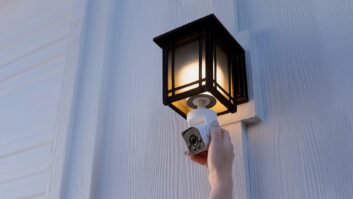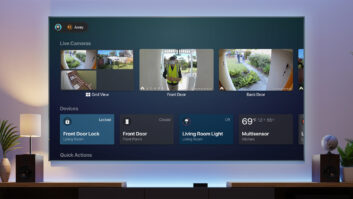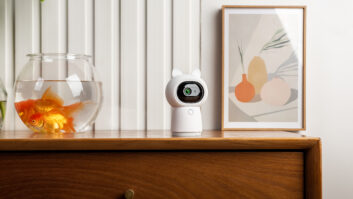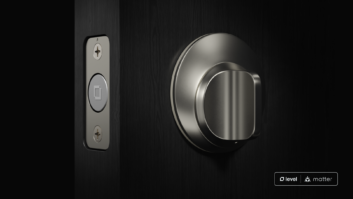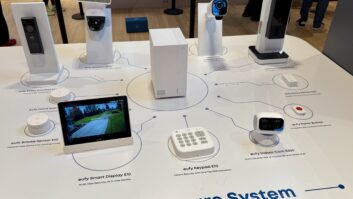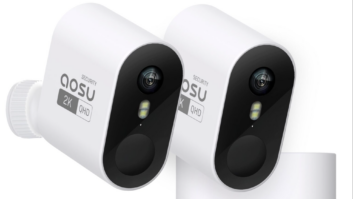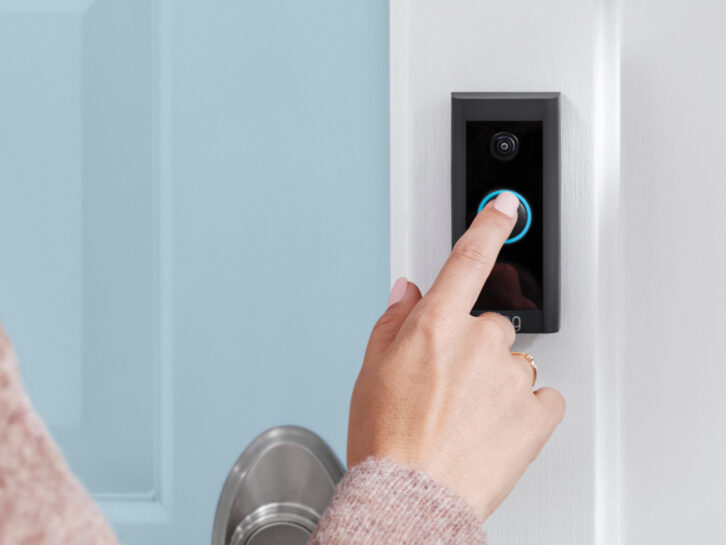
Editor’s Note: This article originally appeared on Interpret’s blog and is reprinted with permission. View the original article here.
Home security has always been the primary driver for smart home products and the industry continues to see some major shifts. One of the most dramatic is the rise of self-installed, pro-monitored home security systems. A handful of years ago, the majority of security buyers relied on large dealer-installed systems from familiar companies such as ADT, Vivint, and Brinks. When Do-it-Yourself (DIY) systems from SimpliSafe, then later Ring, Nest, and ADT (Blue) entered the market, many security-conscious consumers discounted the reliability of DIY systems, perceiving them as less than “professional-grade.”
In 2023, we’re witnessing a rapid change in the home security landscape. While most security buyers are still counting on professionally installed big brands, many consumers are now installing systems themselves and turning to the DIY manufacturer for professional monitoring services. Consumers reported, in Interpret’s most recent survey of 10,000 U.S. consumers, that Ring and ADT were tied as the leading provider of professionally monitored services. SimpliSafe was reported as the fourth-place provider of monitoring. While consumer-reported figures are often not exact, it is clear that monitoring solutions from DIY providers are now seen by buyers as trustworthy solutions.
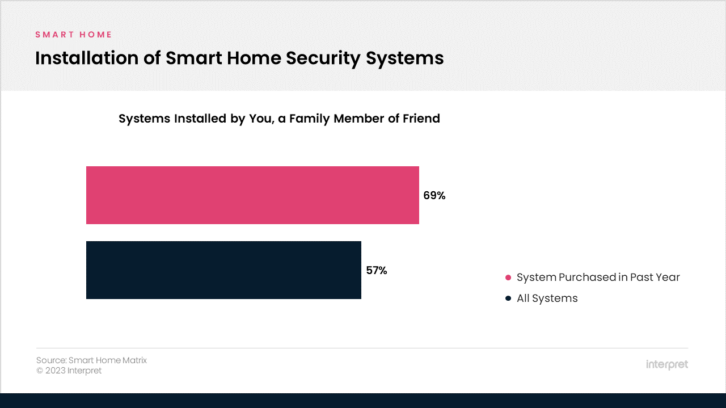
Interpret’s survey of buyers of smart security systems in the past year shows that systems are less likely to be installed by a security systems dealer or separate contractor, and more likely to be installed by the buyer, a family member, or a friend. In past years, the DIY’er was shown to be a younger, tech-loving customer. Interpret’s segmentation of US consumers, however, reveals that “Savers” – a population segment of older, less tech-forward and more price-conscious consumers have edged out “Starters” – the younger, tech-savvy segment — as most likely to self-install their smart home security system.
With traditional home security providers such as ADT incorporating AI and Nest devices from investor Google into their product mix, the differences between traditional providers and DIY device makers is fading – especially given that professional monitoring services from newer providers are now seen to be, well, professional. For deeper insights into the changes in the home security industry and Interpret’s smart home segmentations, visit https://interpret.la/ to learn more.
About Interpret
Interpret (www.interpret.la) is a global consumer insights firm operating at the intersection of media, entertainment and technology. Our clients include social media platforms, video game publishers, esports leagues and advertisers, telecoms, consumer electronics firms – including mobile, smart home and IoT specialists, digital entertainment producers and distributors, as well as advertising agencies and media planning firms.
Interpret’s custom and syndicated insights services help our clients navigate the increasingly fragmented media landscape through in-depth analyses of consumer attitudes, media-related behaviors and consumer technology. The firm is based in Los Angeles, California, with offices in San Francisco, Dallas, Seattle, London, Munich, Seoul and Shanghai.
See also: Interpret: One-third Of Homebuyers Would Pay More For A Smart Home




